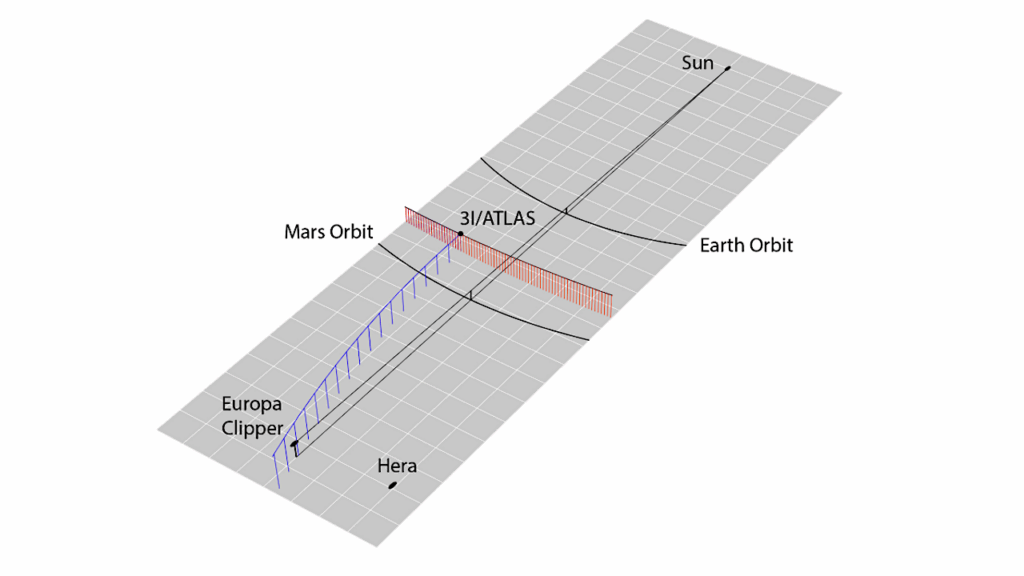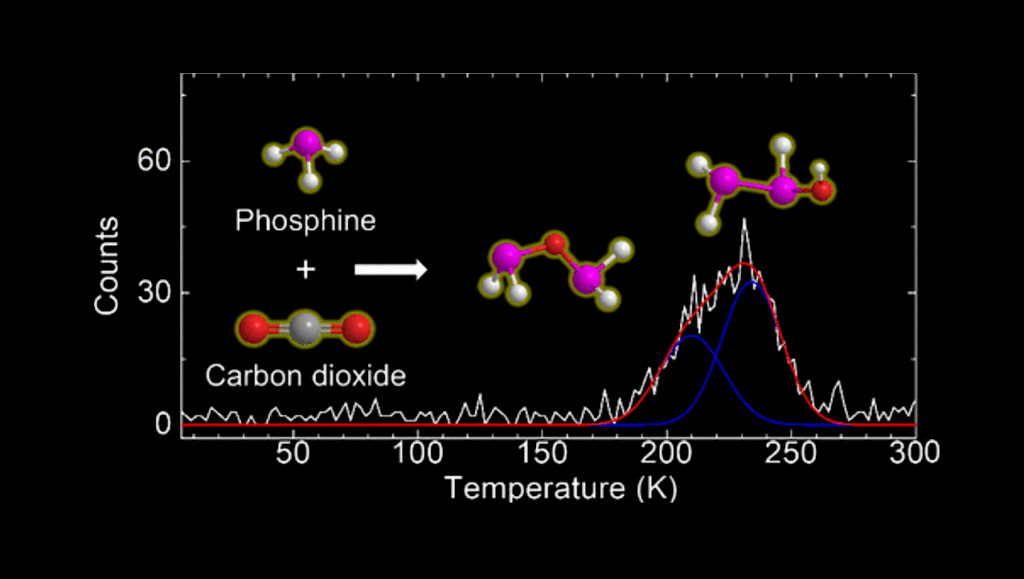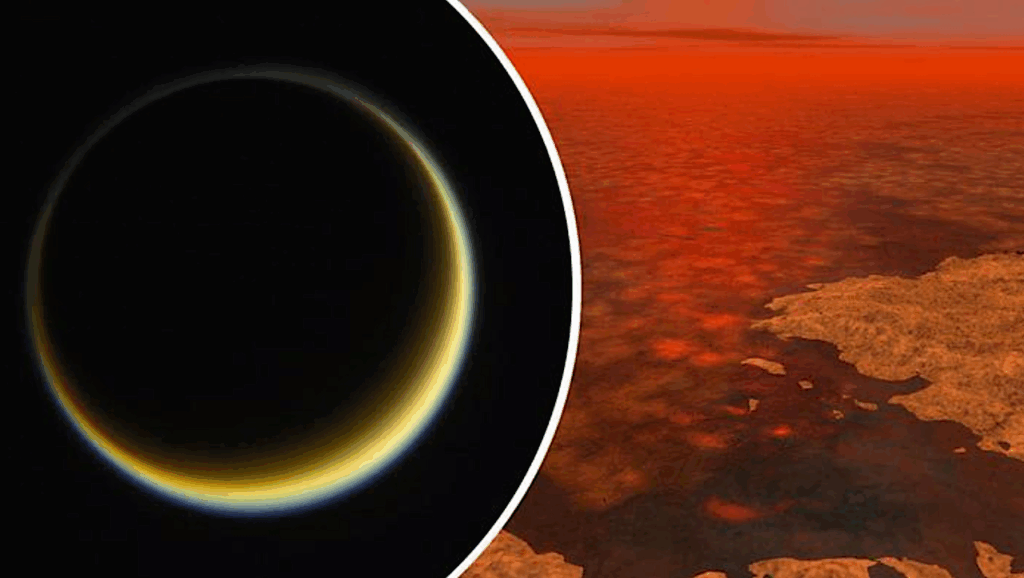The Prebiotic Molecular Inventory of Serpens SMM1 I. An Investigation Of The Isomers CH3NCO and HOCH2CN

Methyl isocyanate (CH3NCO) and glycolonitrile (HOCH2CN) are isomers and prebiotic molecules that are involved in the formation of peptide structures and the nucleobase adenine, respectively. ALMA observations of the intermediate-mass Class 0 protostar Serpens SMM1-a and ALMA-PILS data of the low-mass Class 0 protostar IRAS~16293B are used.
Spectra are analysed with the CASSIS line analysis software package in order to identify and characterise molecules. (CH3NCO), HOCH2CN, and various other molecules are detected towards SMM1-a. HOCH2CN is identified in the PILS data towards IRAS~16293B in a spectrum extracted at a half-beam offset position from the peak continuum. (CH3NCO) and HOCH2CN are equally abundant in SMM1-a at [X]/[CH3OH] of 5.3×10−4 and 6.2×10−4, respectively.
A comparison between SMM1-a and IRAS~16293B shows that HOCH2CN and HNCO are more abundant in the former source, but (CH3NCO) abundances do not differ significantly. Data from other sources are used to show that the [(CH3NCO)]/[HNCO] ratio is similar in all these sources within ∼10\%. The new detections of (CH3NCO) and HOCH2CN are additional evidence for a large interstellar reservoir of prebiotic molecules that can contribute to the formation of biomolecules on terrestrial planets. A plausible formation pathway for HOCH2CN is the thermal Strecker-like reaction of CN− with H2CO. The similar [(CH3NCO)]/[HNCO] ratios indicate that these two species either are chemically related or their formation is affected by physical conditions in the same way.
The relatively high abundances of HOCH2CN and HNCO in SMM1-a may be explained by a prolonged stage of relatively warm ice mantles, where thermal and energetic processing of HCN in the ice results in the efficient formation of both species.
N.F.W. Ligterink, A. Ahmadi, A. Coutens, Ł. Tychoniec H. Calcutt, E.F. van Dishoeck, H. Linnartz, J.K. Jørgensen, R.T. Garrod, J. Bouwman
Comments: Accepted for publication in Astronomy and Astrophysics. 32 pages, 26 figures
Subjects: Solar and Stellar Astrophysics (astro-ph.SR); Astrophysics of Galaxies (astro-ph.GA)
Cite as: arXiv:2012.15672 [astro-ph.SR] (or arXiv:2012.15672v1 [astro-ph.SR] for this version)
Submission history
From: Niels Ligterink
[v1] Thu, 31 Dec 2020 15:51:17 UTC (2,180 KB)
https://arxiv.org/abs/2012.15672
Astrobiology, Astrochemistry








